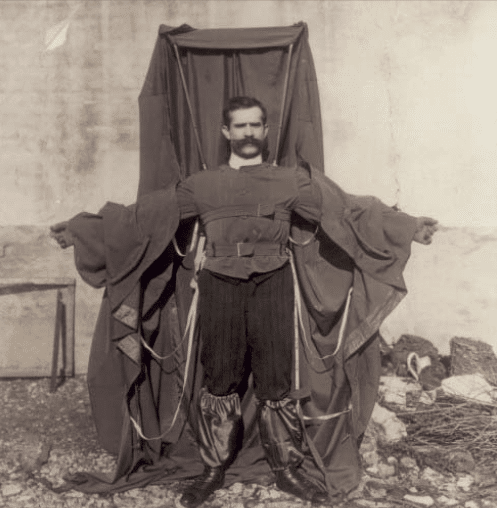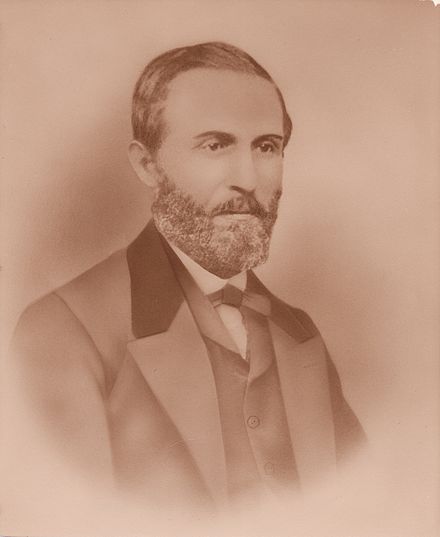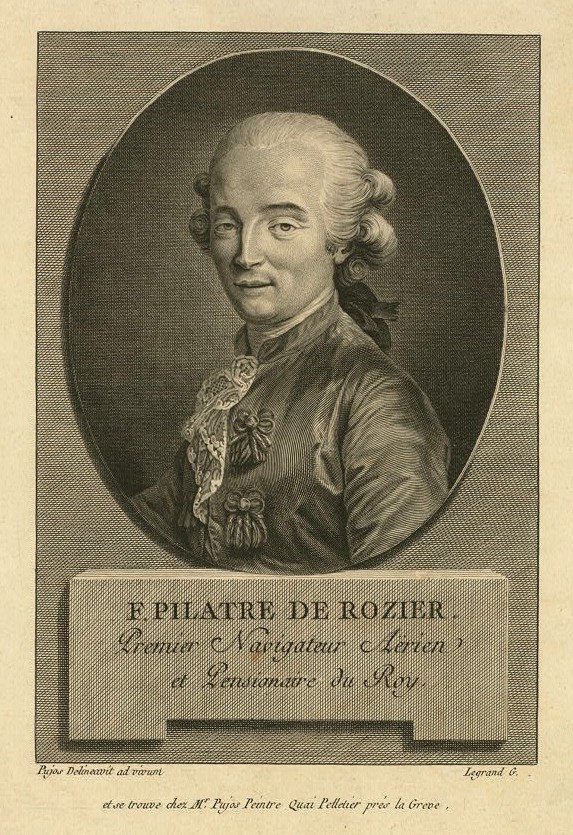Inventors who were killed by their inventions
Inventions have played a crucial role in shaping the modern world as we know it today. They have made life easier, efficient, and more convenient. However, the path to invention has not been an easy one. Many inventors have had to overcome numerous obstacles, setbacks, and even death in pursuit of their dreams. In this […] The post Inventors who were killed by their inventions appeared first on Economy.pk.

Inventions have played a crucial role in shaping the modern world as we know it today. They have made life easier, efficient, and more convenient. However, the path to invention has not been an easy one. Many inventors have had to overcome numerous obstacles, setbacks, and even death in pursuit of their dreams. In this article, we will discuss four inventors who tragically lost their lives to their own inventions.
Thomas Andrews Jr.

Thomas Andrews Jr. was a British naval architect and shipbuilder who is best known for designing the ill-fated ocean liner, the RMS Titanic. Andrews was born in Comber, County Down, Ireland, in 1873, and began his career as an apprentice at the Harland and Wolff shipyard in Belfast. He quickly rose through the ranks and became the managing director of the firm in 1907.
Andrews was heavily involved in the design of the Titanic and was on board the ship’s maiden voyage in April 1912. Sadly, the ship struck an iceberg and sank, resulting in the loss of more than 1,500 lives, including Andrews. Despite his efforts to save passengers, Andrews was last seen in the first-class smoking room, where he reportedly continued working on design improvements to future ships until the water reached his waist.
Franze Richet

Franze Richet was a French physiologist who won the Nobel Prize in Physiology or Medicine in 1913 for his work on anaphylaxis, a severe allergic reaction. However, he is also known for inventing the “Guillotine,” a device used for executing criminals by decapitation.
The Guillotine was named after Dr. Joseph Guillotin, who had proposed the use of a “humane” beheading machine in 1789. However, it was Richet who perfected the design of the device, which consisted of a heavy blade that was dropped from a height onto the neck of the victim, severing the head from the body.
Despite his reputation as a brilliant scientist, Richet was haunted by his invention and was said to have suffered from nightmares about the guillotine. He died in 1935, at the age of 70.
William Bullock

William Bullock was an American inventor and entrepreneur who is credited with inventing the first rotary printing press. He was born in Greenville, Massachusetts, in 1813, and started his career as a printer’s apprentice.
Bullock’s rotary press was a revolutionary invention that could print thousands of copies of a newspaper in a matter of hours, rather than days. However, the press was also notoriously dangerous, as it used a series of fast-moving gears and rollers that could crush or mangle anything that got in its way.
Tragically, Bullock was killed by his own invention in 1867, when he accidentally caught his foot in one of the press’s rollers. Despite the efforts of doctors, Bullock died from his injuries several days later.
De Rozier

Jean-Francois Pilatre de Rozier was a French inventor and pioneer in aviation who is best known for being the first person to fly in a hot air balloon. He was born in Metz, France, in 1754 and became interested in ballooning after seeing a demonstration by the Montgolfier brothers in 1783.
De Rozier was eager to push the boundaries of aviation and decided to attempt a crossing of the English Channel in a hybrid balloon that used both hot air and hydrogen gas. However, the balloon caught fire mid-flight, and de Rozier and his co-pilot, Pierre Romain, fell to their deaths.
The tragic accident occurred in 1785 and was witnessed by a large crowd of spectators. Despite the risk,
The post Inventors who were killed by their inventions appeared first on Economy.pk.








